Ebrahim Beyrami
Lumos: A Library for Diagnosing Metric Regressions in Web-Scale Applications
Jun 23, 2020
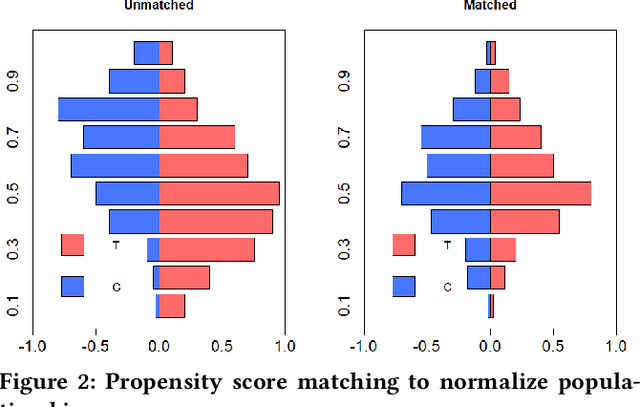

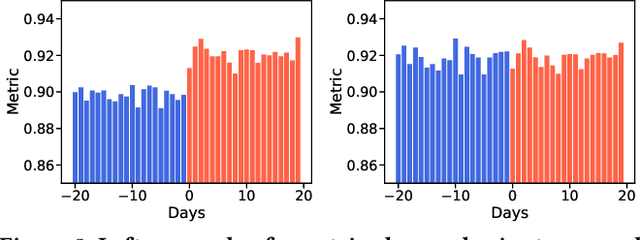
Abstract:Web-scale applications can ship code on a daily to weekly cadence. These applications rely on online metrics to monitor the health of new releases. Regressions in metric values need to be detected and diagnosed as early as possible to reduce the disruption to users and product owners. Regressions in metrics can surface due to a variety of reasons: genuine product regressions, changes in user population, and bias due to telemetry loss (or processing) are among the common causes. Diagnosing the cause of these metric regressions is costly for engineering teams as they need to invest time in finding the root cause of the issue as soon as possible. We present Lumos, a Python library built using the principles of AB testing to systematically diagnose metric regressions to automate such analysis. Lumos has been deployed across the component teams in Microsoft's Real-Time Communication applications Skype and Microsoft Teams. It has enabled engineering teams to detect 100s of real changes in metrics and reject 1000s of false alarms detected by anomaly detectors. The application of Lumos has resulted in freeing up as much as 95% of the time allocated to metric-based investigations. In this work, we open source Lumos and present our results from applying it to two different components within the RTC group over millions of sessions. This general library can be coupled with any production system to manage the volume of alerting efficiently.
The INTERSPEECH 2020 Deep Noise Suppression Challenge: Datasets, Subjective Testing Framework, and Challenge Results
May 29, 2020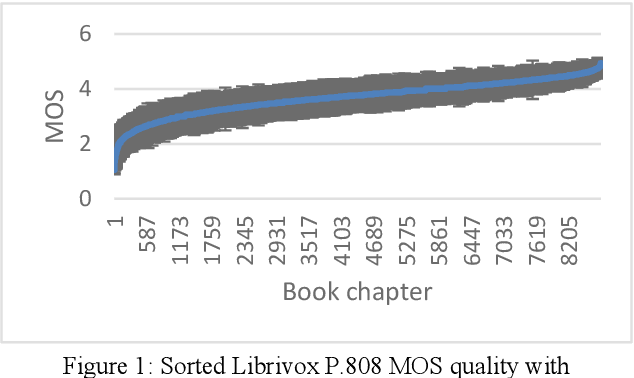
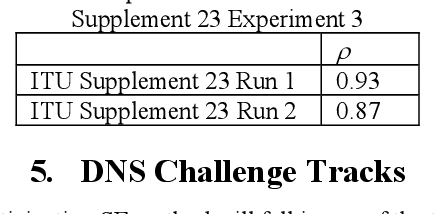
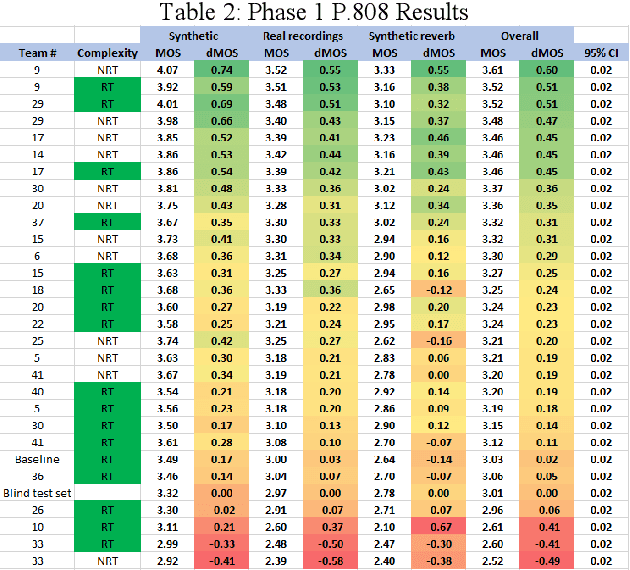
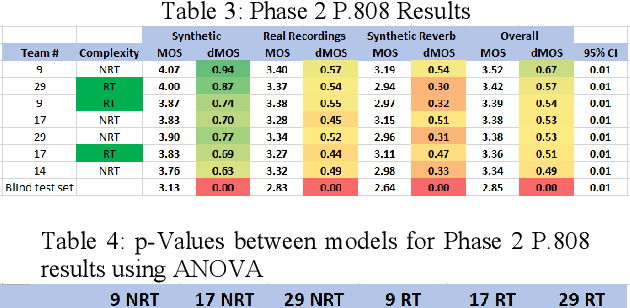
Abstract:The INTERSPEECH 2020 Deep Noise Suppression (DNS) Challenge is intended to promote collaborative research in real-time single-channel Speech Enhancement aimed to maximize the subjective (perceptual) quality of the enhanced speech. A typical approach to evaluate the noise suppression methods is to use objective metrics on the test set obtained by splitting the original dataset. While the performance is good on the synthetic test set, often the model performance degrades significantly on real recordings. Also, most of the conventional objective metrics do not correlate well with subjective tests and lab subjective tests are not scalable for a large test set. In this challenge, we open-sourced a large clean speech and noise corpus for training the noise suppression models and a representative test set to real-world scenarios consisting of both synthetic and real recordings. We also open-sourced an online subjective test framework based on ITU-T P.808 for researchers to reliably test their developments. We evaluated the results using P.808 on a blind test set. The results and the key learnings from the challenge are discussed. The datasets and scripts can be found here for quick access https://github.com/microsoft/DNS-Challenge.
The INTERSPEECH 2020 Deep Noise Suppression Challenge: Datasets, Subjective Speech Quality and Testing Framework
Jan 23, 2020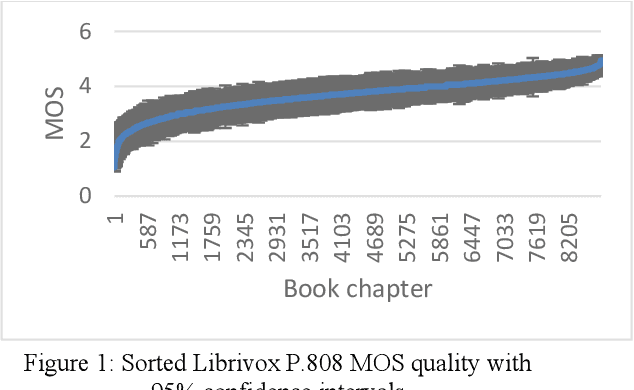
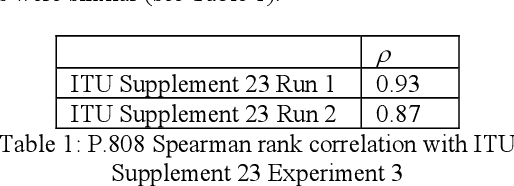
Abstract:The INTERSPEECH 2020 Deep Noise Suppression Challenge is intended to promote collaborative research in real-time single-channel Speech Enhancement aimed to maximize the subjective (perceptual) quality of the enhanced speech. A typical approach to evaluate the noise suppression methods is to use objective metrics on the test set obtained by splitting the original dataset. Many publications report reasonable performance on the synthetic test set drawn from the same distribution as that of the training set. However, often the model performance degrades significantly on real recordings. Also, most of the conventional objective metrics do not correlate well with subjective tests and lab subjective tests are not scalable for a large test set. In this challenge, we open-source a large clean speech and noise corpus for training the noise suppression models and a representative test set to real-world scenarios consisting of both synthetic and real recordings. We also open source an online subjective test framework based on ITU-T P.808 for researchers to quickly test their developments. The winners of this challenge will be selected based on subjective evaluation on a representative test set using P.808 framework.
A scalable noisy speech dataset and online subjective test framework
Sep 17, 2019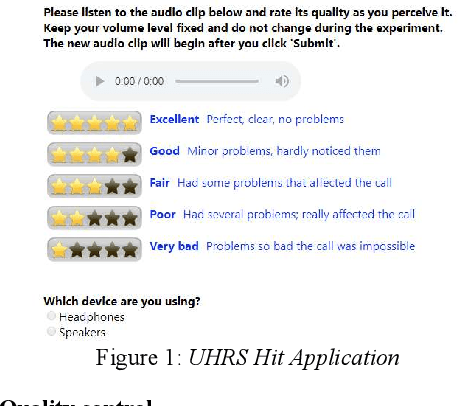
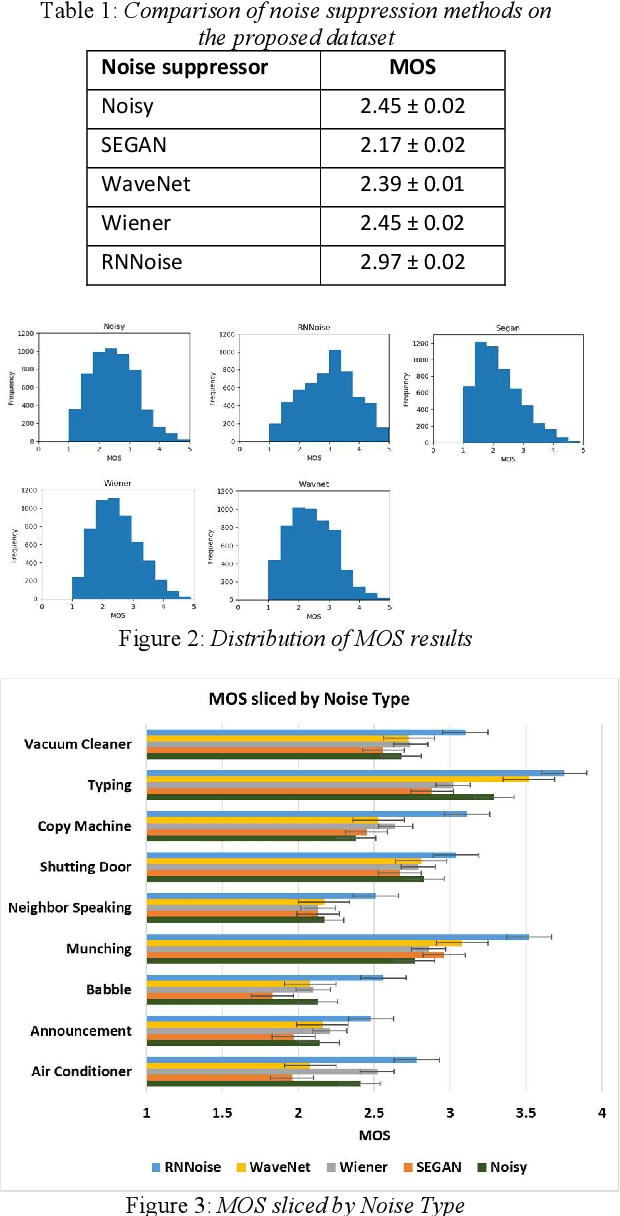
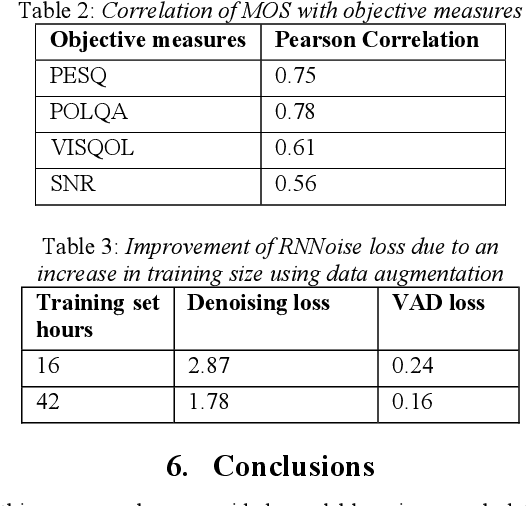
Abstract:Background noise is a major source of quality impairments in Voice over Internet Protocol (VoIP) and Public Switched Telephone Network (PSTN) calls. Recent work shows the efficacy of deep learning for noise suppression, but the datasets have been relatively small compared to those used in other domains (e.g., ImageNet) and the associated evaluations have been more focused. In order to better facilitate deep learning research in Speech Enhancement, we present a noisy speech dataset (MS-SNSD) that can scale to arbitrary sizes depending on the number of speakers, noise types, and Speech to Noise Ratio (SNR) levels desired. We show that increasing dataset sizes increases noise suppression performance as expected. In addition, we provide an open-source evaluation methodology to evaluate the results subjectively at scale using crowdsourcing, with a reference algorithm to normalize the results. To demonstrate the dataset and evaluation framework we apply it to several noise suppressors and compare the subjective Mean Opinion Score (MOS) with objective quality measures such as SNR, PESQ, POLQA, and VISQOL and show why MOS is still required. Our subjective MOS evaluation is the first large scale evaluation of Speech Enhancement algorithms that we are aware of.
On Design of Problem Token Questions in Quality of Experience Surveys
Aug 19, 2018
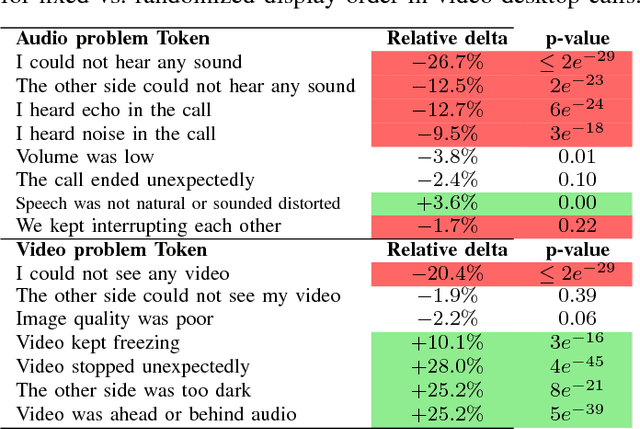
Abstract:User surveys for Quality of Experience (QoE) are a critical source of information. In addition to the common "star rating" used to estimate Mean Opinion Score (MOS), more detailed survey questions (problem tokens) about specific areas provide valuable insight into the factors impacting QoE. This paper explores two aspects of the problem token questionnaire design. First, we study the bias introduced by fixed question order, and second, we study the challenge of selecting a subset of questions to keep the token set small. Based on 900,000 calls gathered using a randomized controlled experiment from a live system, we find that the order bias can be significantly reduced by randomizing the display order of tokens. The difference in response rate varies based on token position and display design. It is worth noting that the users respond to the randomized-order variant at levels that are comparable to the fixed-order variant. The effective selection of a subset of token questions is achieved by extracting tokens that provide the highest information gain over user ratings. This selection is known to be in the class of NP-hard problems. We apply a well-known greedy submodular maximization method on our dataset to capture 94% of the information using just 30% of the questions.
 Add to Chrome
Add to Chrome Add to Firefox
Add to Firefox Add to Edge
Add to Edge